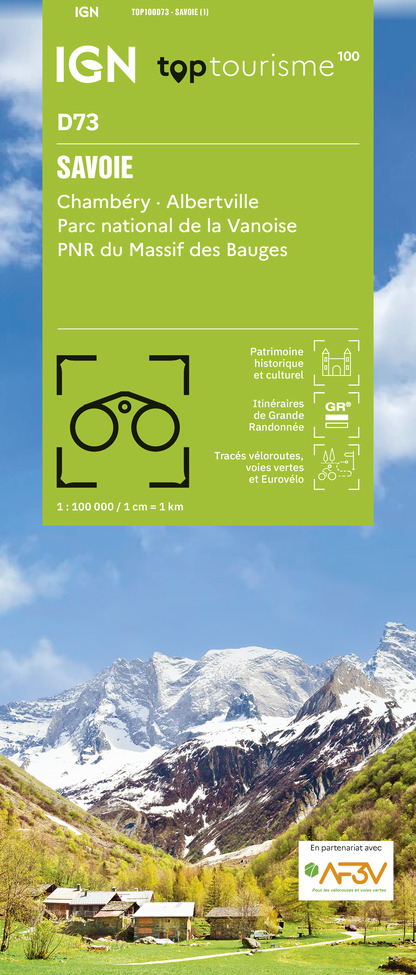Alert
Alerts
Towns of Seyssel and guided tours



Description
Present on both banks of the Rhône since ancient times, Seyssel was alternately Savoyard and French until the Rhône became a border in 1760. Come and discover its history during tours organized by Haut-Rhône Tourisme.
The first separation of Seyssel lead to the distinction between Seyssel Savoie (left bank) and Seyssel France (right bank).
A century later, when Savoie became part of France (1860) and the Haute-Savoie département was created, the Rhône became an interdepartmental boundary separating Seyssel Haute-Savoie from Seyssel Ain.
While each of our villages has its own church, there are a few that deserve a closer look. These include Seyssel Ain and Seyssel Haute-Savoie in particular.
The boating industry, which was very active in the Pays de Seyssel until the 19th century, gave rise to an important cult of the Virgin Mary.
Inside these churches are statues of Notre-Dame du Bon Départ (Seyssel Haute-Savoie) and Notre-Dame du Pont (Seyssel Ain).
The stained glass windows of the church in Seyssel Ain are also worth a look. They depict episodes from the life of Saint François de Sales.
As early as the Middle Ages, a wooden bridge was built to enable the Rhône to be crossed at Seyssel. Two bridges link the villages of Seyssel:
the old bridge dating from the 19th century and the 220-metre cable-stayed bridge, which came into service at the end of the 1980s.
The two Seyssel villages are nestled on the banks of the Rhône between two mountains: Le Grand Colombier in the Ain and the Montagne des Princes in Haute-Savoie.
Both offer a number of hiking trails, so there's plenty to discover here.
Technical Information
Altimetric profile
Date and time
- From 01/07/2025 to 31/08/2025 from 11:00 to 14:00
Additional information
Price(s)
Adult: 29 € Child: 27 €.
Updated by
Haut-Rhône Tourisme - 26/11/2024
www.hautrhone-tourisme.fr
Report a problem
Open period
From 01/07 to 31/08, every Thursday between 11 am and 2 pm.
Contact
Phone : 04 50 59 26 56
Email : contact@hautrhone-tourisme.fr
Website : www.hautrhone-tourisme.fr/
IGN cards









